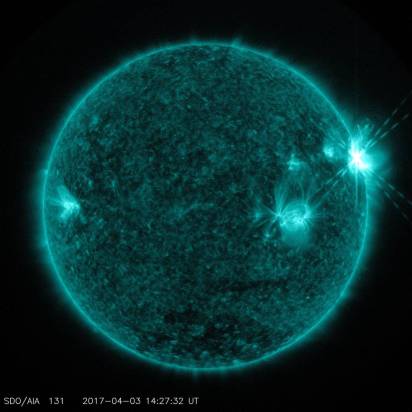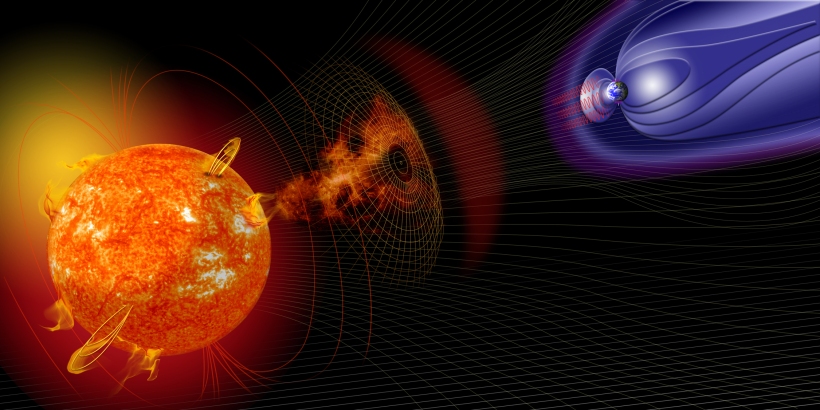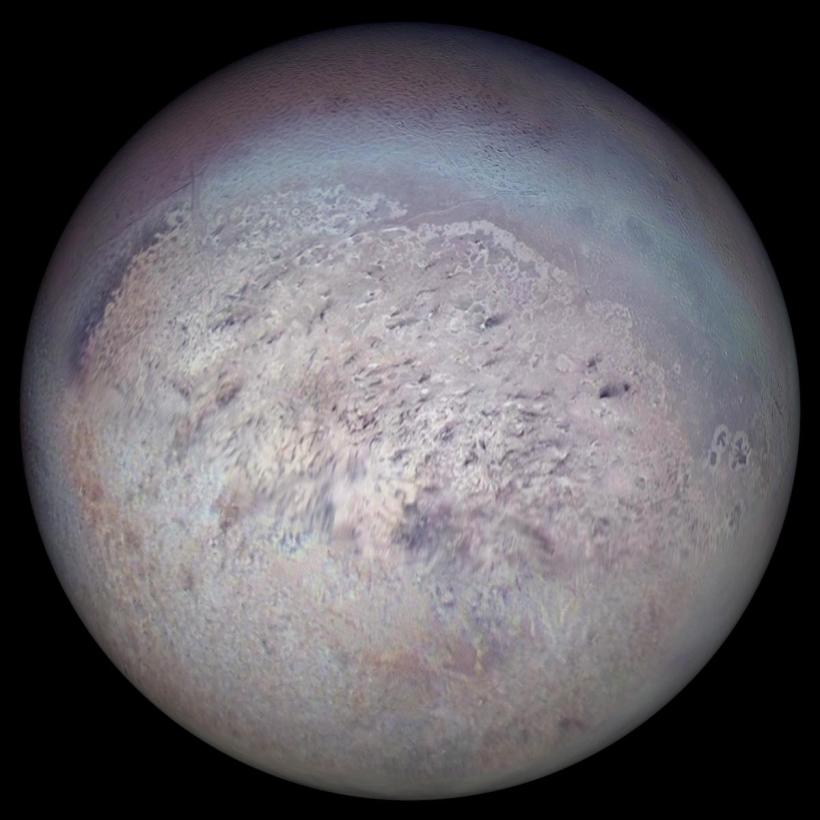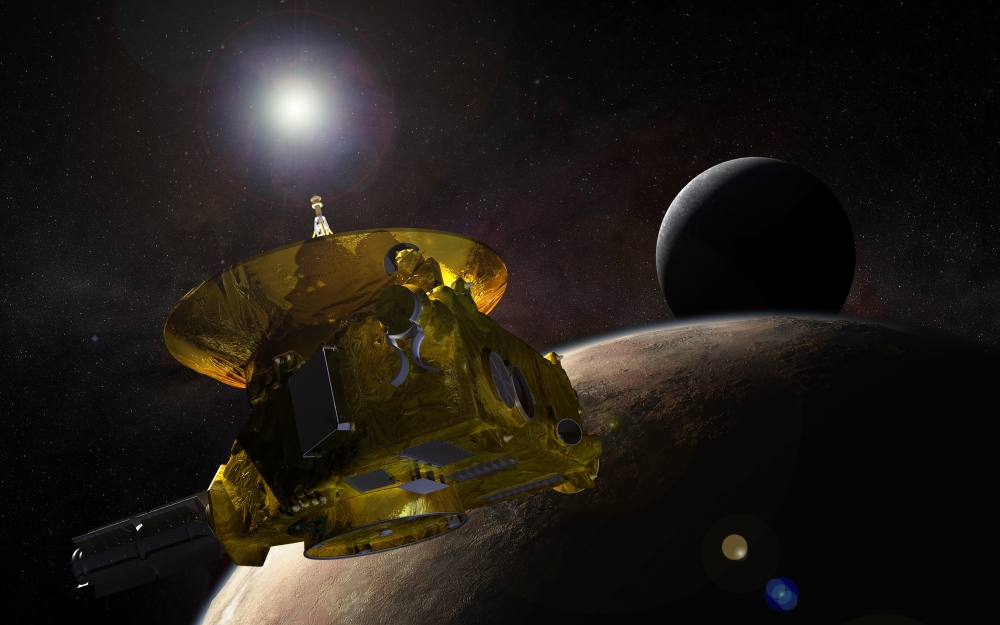Enceladus, also known as Saturn II (and my favorite moon in the solar system), is one of the innermost and also the sixth largest moon of Saturn. This moon has an orbital period of 33 hours and reflects almost 100% of the sunlight that strikes, due to it’s icey surface. It was discovered in August 28, 1789 by William Herschel. It has a mean radius of about 252.1 km, which is 25 times smaller than the Earth. The two Voyager missions passed it in the early 1980s, identifying water and ice on it’s surface. Later in 2005, the spacecraft Cassini passed it and made more observations.

Enceladus
Geological Features:
Craters
- Craters are very common in the surface Solar System bodies.
- Much of Enceladus’s surface is covered with craters at various sizes, densities and levels of degradation
- There are eleven different units of crater topography on this moon. All containing different topography, some have ridges, while others are smooth.
- Thin, long fractures on this satellite, which suggests that the craters’ rims and floors have been heavily altered by tectonic deformation.
Cryovolcanism
A cryovolcano (also known as an ice volcano) is a volcano that erupts volatiles such as water, ammonia or methane, instead of molten rock. Enceladus is a moon that has been hypothesized to have cryovolcanoes. When the Cassini spacecraft in 2005 flew by it, it captured images of ice plumes above the south pole of Enceladus. Later, the magnetometer hinted that this geological structure might actually be real.
- Cryovolcanoes erupt liquids and usually form plumes, but can also be in vapor form.
- The erupted substances (cryomagma) condenses into solid form due to the low surrounding temperature (average of 75 K on Enceladus).
- The energy and heat needed to melt ice and create cryovolcanoes can come from tidal friction— an effect of a tidal force from nearby orbiting satellites.
- Heat that builds up in the core of moons as they bend and distort in the gravity field of the massive gas giants they orbit.
- Tidal force and the gravitational force causes the ice on the surface to melt and move. that added onto the tectonic movement, cause the volcano to slowly take shape and form.
- Some moons may have translucent layers of ice that permit light to pass through and heat material beneath it, creating a subsurface greenhouse effect.

Artist Depiction of a Cryovolcano on Enceladus
Before the the Cassini mission, barely any information was known about Enceladus. After the voyager, the mass estimations of Enceladus suggests that it is made entirely of water and Ice. But, the Cassini mission gave us new data, it showed us that the mass of Enceladus was much greater than the initial estimation. This means that this satellite is composed of more silicate and iron. This indicates that the core of Enceladus may have experienced some heating from the decay of radioactive elements.
In 2008, some scientists observed water vapors exiting out of Enceladus’s surface. This could indicate the presence of liquid water, which then makes it possible for Enceladus to support life. After some tests with the composition of the plumes, they found an unusually large percentage of sodium salt. So it is possible that this moon contains subsurface caverns that are filled with salty water.














